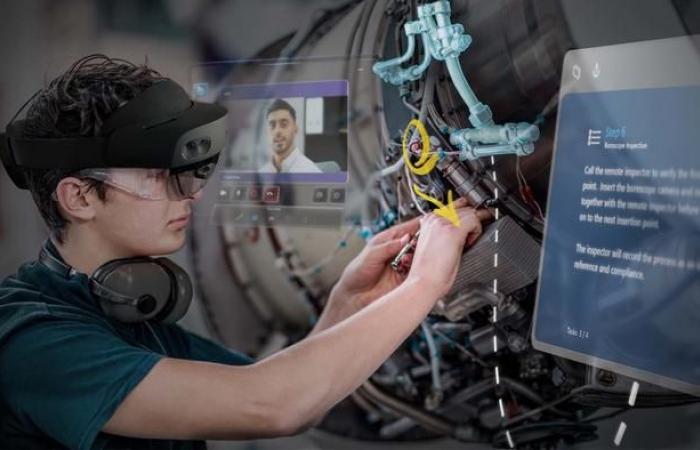Microsoft is abandoning production of Hololens 2 headsets after that of the original models in 2018. The firm should in the future focus on Meta Quest devices compatible with Microsoft applications.
Microsoft is discontinuing its Hololens augmented reality glasses. The firm confirmed the information to the specialized site UploadVR. The devices were launched in 2015 and marketed internationally two years later. The SBB were then among the first users of the helmet. In 2019, Microsoft reoriented the activity with the launch of Hololens 2 specifically intended for businesses.
Two years later, Facebook, renamed Meta, decided to put all its strength into the metaverse with its own Quest devices. And in 2022, Mark Zuckerberg’s company launched a pro version of its devices and agreed with Microsoft to make them compatible with Microsoft 365.
Despite its AI shift, Meta continues to develop its AR/VR activity with the recent release of the Quest 3S headsets and the Orion glasses prototype. According to UploadVR, Microsoft will be happy with this collaboration with Meta in the field of mixed reality for businesses in the future.
The Orion prototype presented at the end of September by Meta.
Microsoft had already ceased production of the first version Hololens headsets in 2018. They will receive updates until December 2024. As for the Hololens 2 models, production of which is now also finished, they will benefit from updates until December 2024. at the end of 2027.
These stoppages do not, however, concern helmets intended for the American army, which intends to carry out operational tests at the beginning of 2025 before a large-scale deployment at the end of the year. Note that in 2019, the Pentagon’s purchase of 10,000 Hololens devices caused a stir in Microsoft teams.






